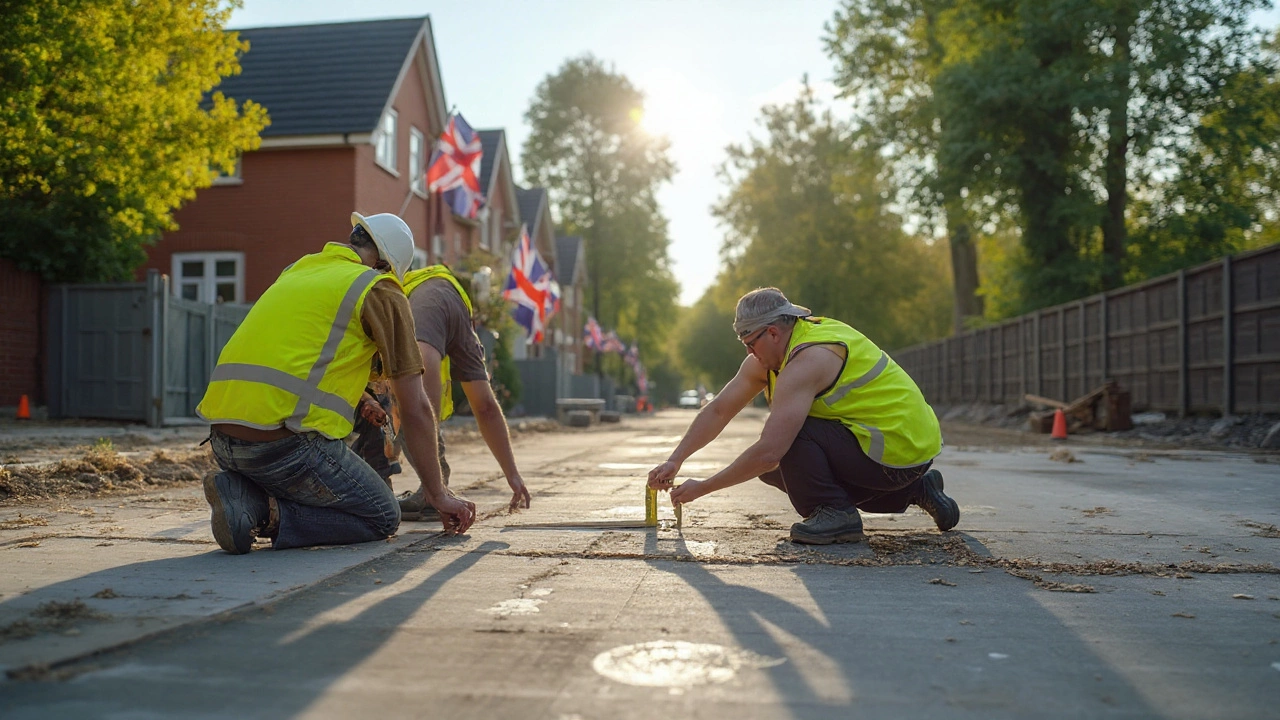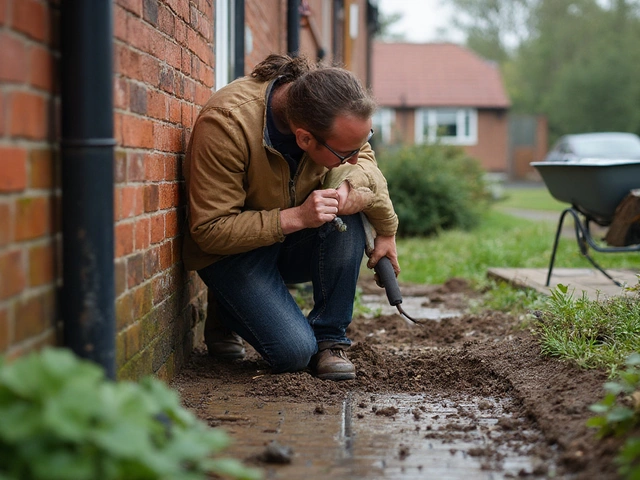Building Foundations: Spot Problems, Pick Repairs, and Keep Your Home Stable
Every solid house starts with a solid foundation. When the ground beneath starts to shift, cracks appear, or doors stick, it’s a red flag that something’s off. Ignoring these signs can turn a simple fix into a costly rebuild. Below you’ll find straight‑forward advice on what to look for, how to decide if DIY will work, and when to bring in a pro.
Common Signs Your Foundation Needs Attention
First, walk around the exterior and peek inside the basement or crawl space. Look for:
- Horizontal or vertical cracks in walls or floors (especially wider than 1/4 inch).
- Doors and windows that jam or won’t close properly.
- Uneven floors that bounce or sag when you walk.
- Moisture stains and musty smells, which often mean water is getting into the foundation.
- Gravel or soil piles up against the foundation after rain.
If you see any of these, write them down. A clear list helps a structural engineer or contractor give you an accurate estimate.
Repair vs. Replacement: When to Choose Each
Not every crack means the whole foundation has to go. Minor hairline cracks can be sealed with epoxy, and poor drainage can be fixed with French drains. These DIY‑friendly solutions cost a few hundred pounds and usually last years.
However, large horizontal cracks, major settlement, or shifting soil (like expansive clay) often need deeper work. That’s when underpinning, pier installation, or even a full foundation rebuild becomes necessary. While a replacement can run into the tens of thousands, it’s cheaper in the long run than repeatedly patching a failing base.
Here’s a quick rule of thumb: if the crack is wider than a quarter‑inch or you notice new cracks forming after each heavy rain, call a professional. They’ll test soil stability, check for hydrostatic pressure, and suggest the best fix.
DIY can save money, but only for the simple jobs you feel confident tackling. Sealing a small crack yourself is fine; installing a pier system without experience can cause more damage and end up costing more.
Financially, a typical DIY repair (epoxy, sealant, grading) sits between £300‑£800. Professional repairs start around £2,000 and can climb to £10,000+ for full underpinning. Replacement, depending on house size and soil conditions, often exceeds £20,000. Knowing these ranges helps you set a realistic budget.
Don’t forget the role of material quality. Good, locally sourced limestone from a reputable quarry ensures the new footing won’t crumble under load. Strong, dense stone resists water infiltration and provides a stable base for walls and floors.
Finally, keep an eye on drainage. A simple French drain, proper grading away from the house, and downspout extensions can prevent future foundation headaches. Good drainage costs less than any repair and pays for itself quickly.
Bottom line: watch for cracks, moisture, and uneven doors; decide if the issue is small enough for DIY; call a pro for anything bigger; and always prioritize quality materials and proper drainage. With these steps, your building foundation will stay strong for years to come.
345 Rule Explained: The Simple Key to Strong Residential Foundation Design

Discover what the 345 rule means in construction, why it's used for foundation work, and how to use it. Simple tips and common mistakes made easy.
read more



